St Lawrence’s Church, Eyam
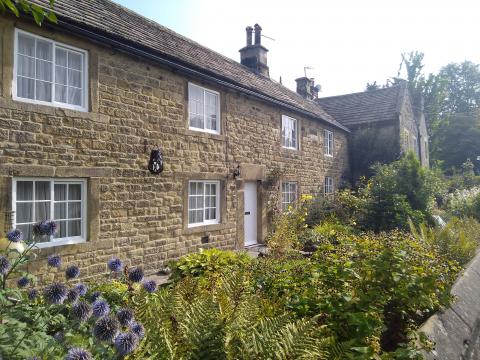
Eyam village in Derbyshire is a quaint and picturesque place, a quintessence of old England. Yet here in 1665 plague broke out and hundreds of villagers died. It arrived in a package of cloth from London, and quickly spread from the tailor's family to his neighbours and customers.
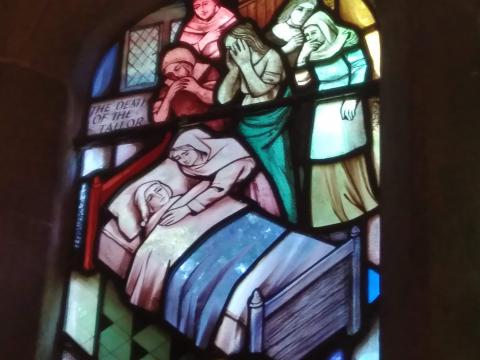
William Mompesson, the rector, and Thomas Stanley, the nonconformist minister who had been a previous rector but had been deprived for his puritanism, cooperated in sealing off the village to prevent wider contagion. Hundreds of villagers died, but the surrounding area was indeed kept safe because of the village’s self-imposed quarantine, managed by the two reverend gentlemen.
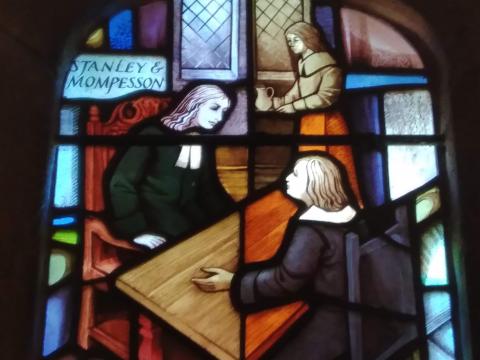
Not only is Eyam a deeply moving picture of suffering and civic self-sacrifice, but of practical cooperation between two men of differing religious views for a common good. We may not be able to worship with those of questionable theology, nor sit under their ministry, but co-belligerence of joint charitable endeavour may sometimes be the right course of action.
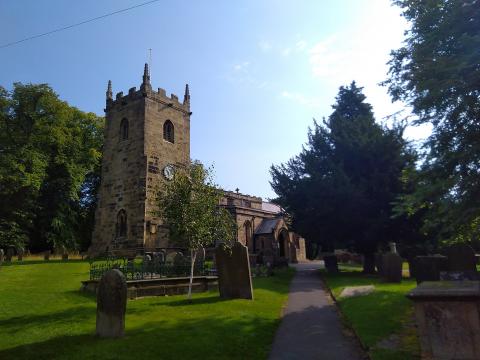
St Lawrence’s Church had become a place of religious division between those who subscribed to the state’s scripted worship, and those who stood for a purer, more evangelical manner of preaching and piety. Yet when the villagers lay dying, it became a place where all could receive comfort and direction.
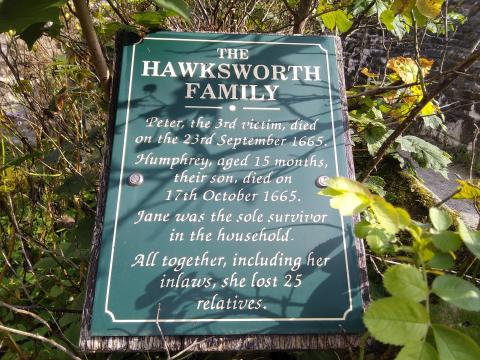
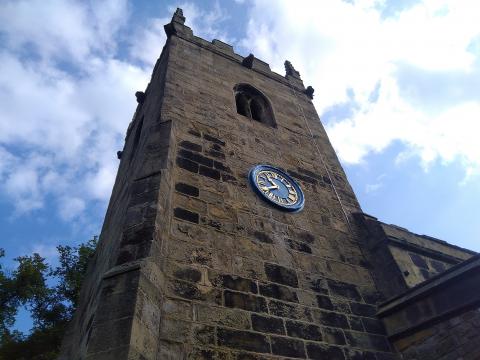
- Log in to post comments


 Sunday Worship 10.45am & 6.00pm
Sunday Worship 10.45am & 6.00pm